Creating for Tomorrow

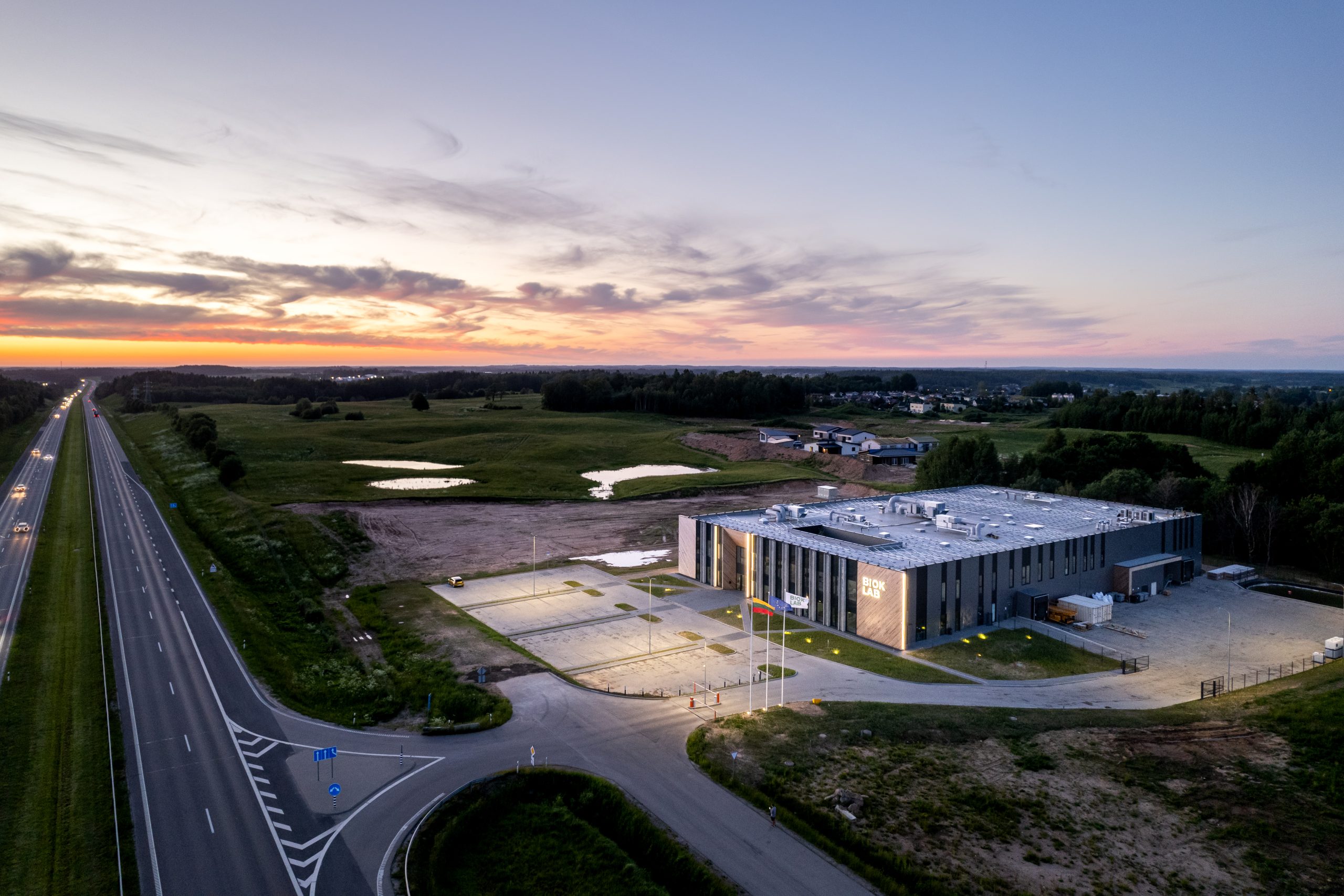
2L Approach - Build to Endure
Principles we use
Why it is important
Redefining the process
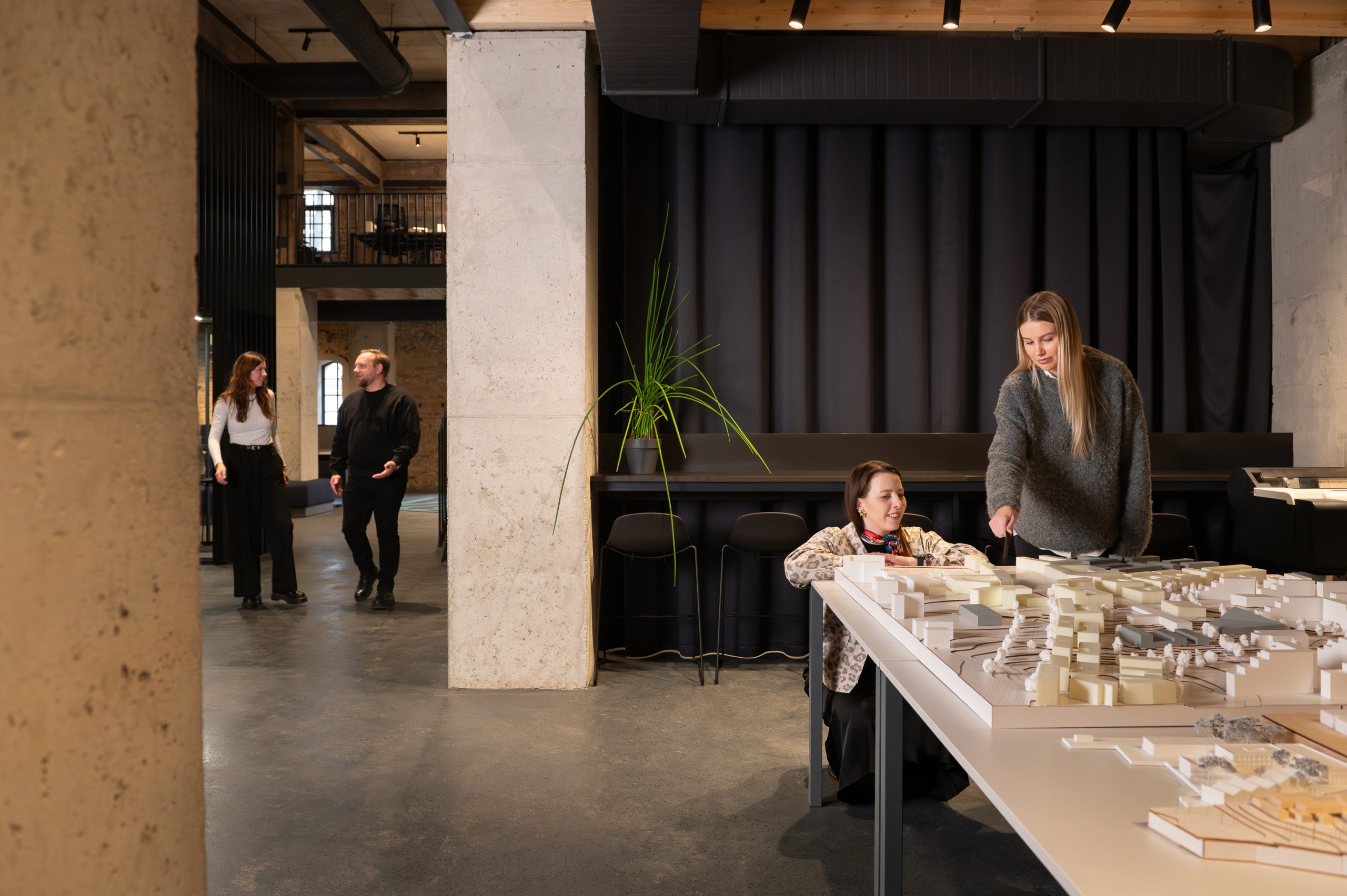
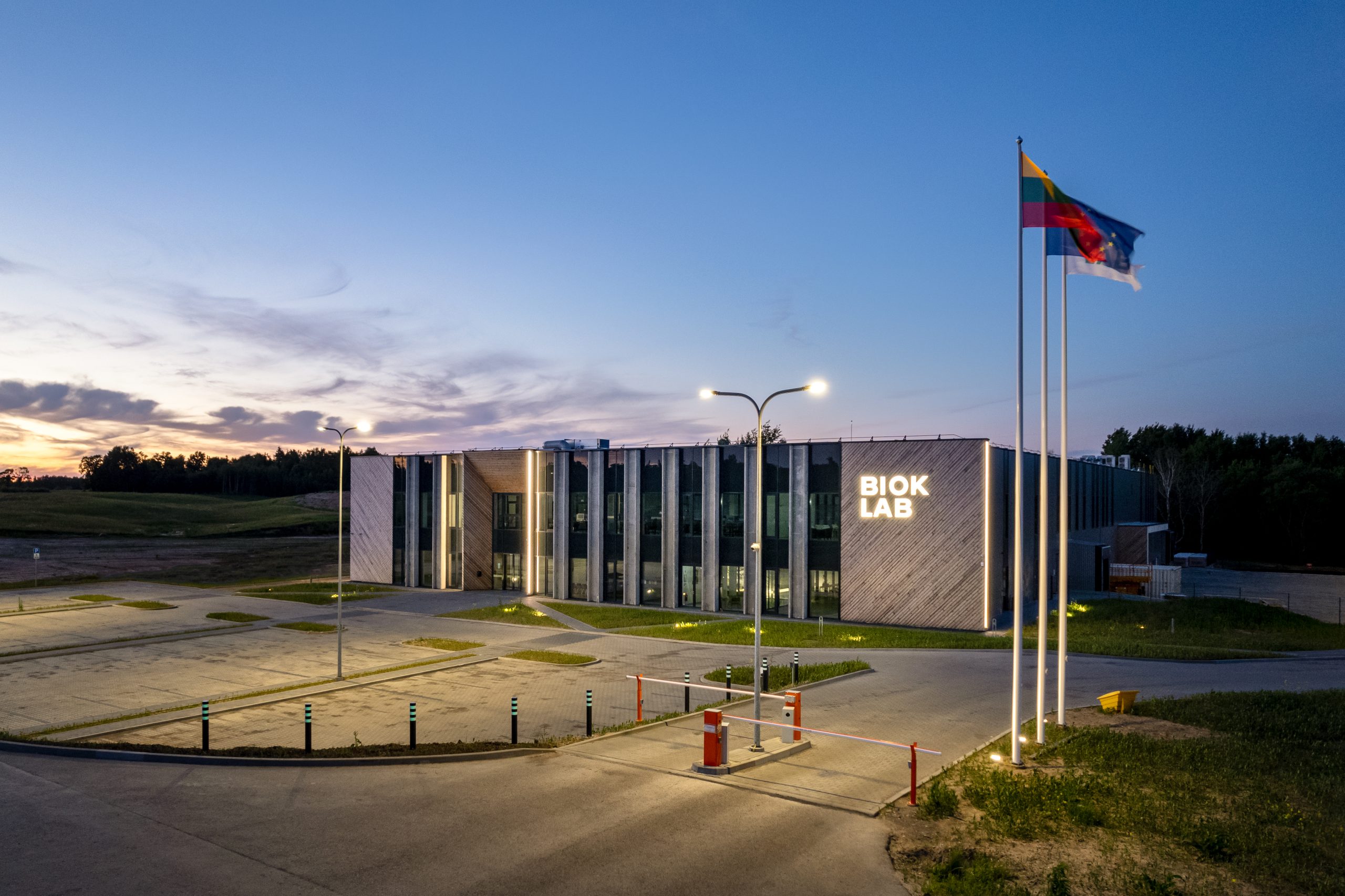
Striving for a sustainable impact, we are committed to evaluating the environmental aspects of each project—the reduction of CO2 emissions, resource efficiency, and longterm value.
- Extra step to get better solutions
- Responsible choice of materials
- Activity reports
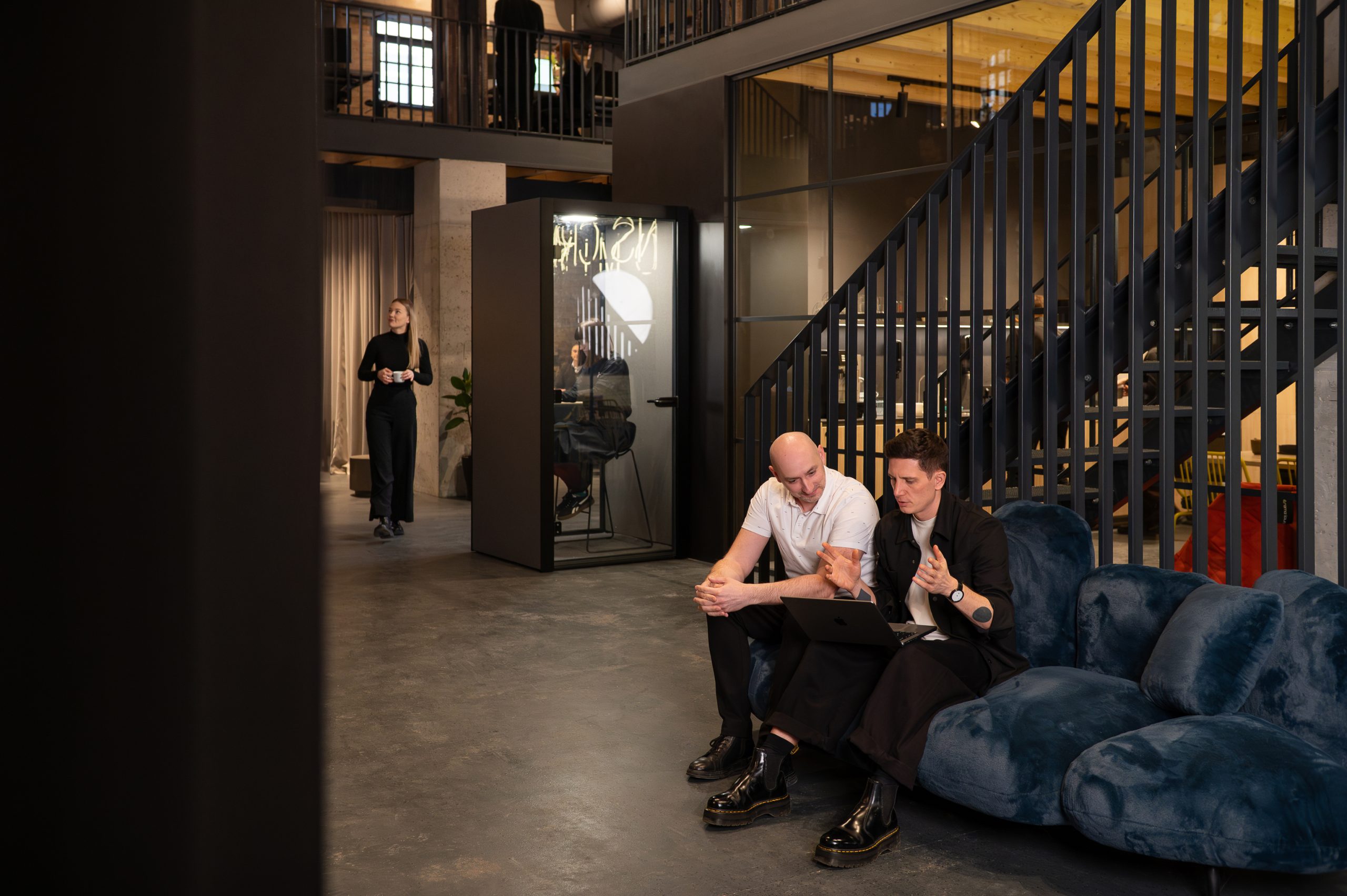
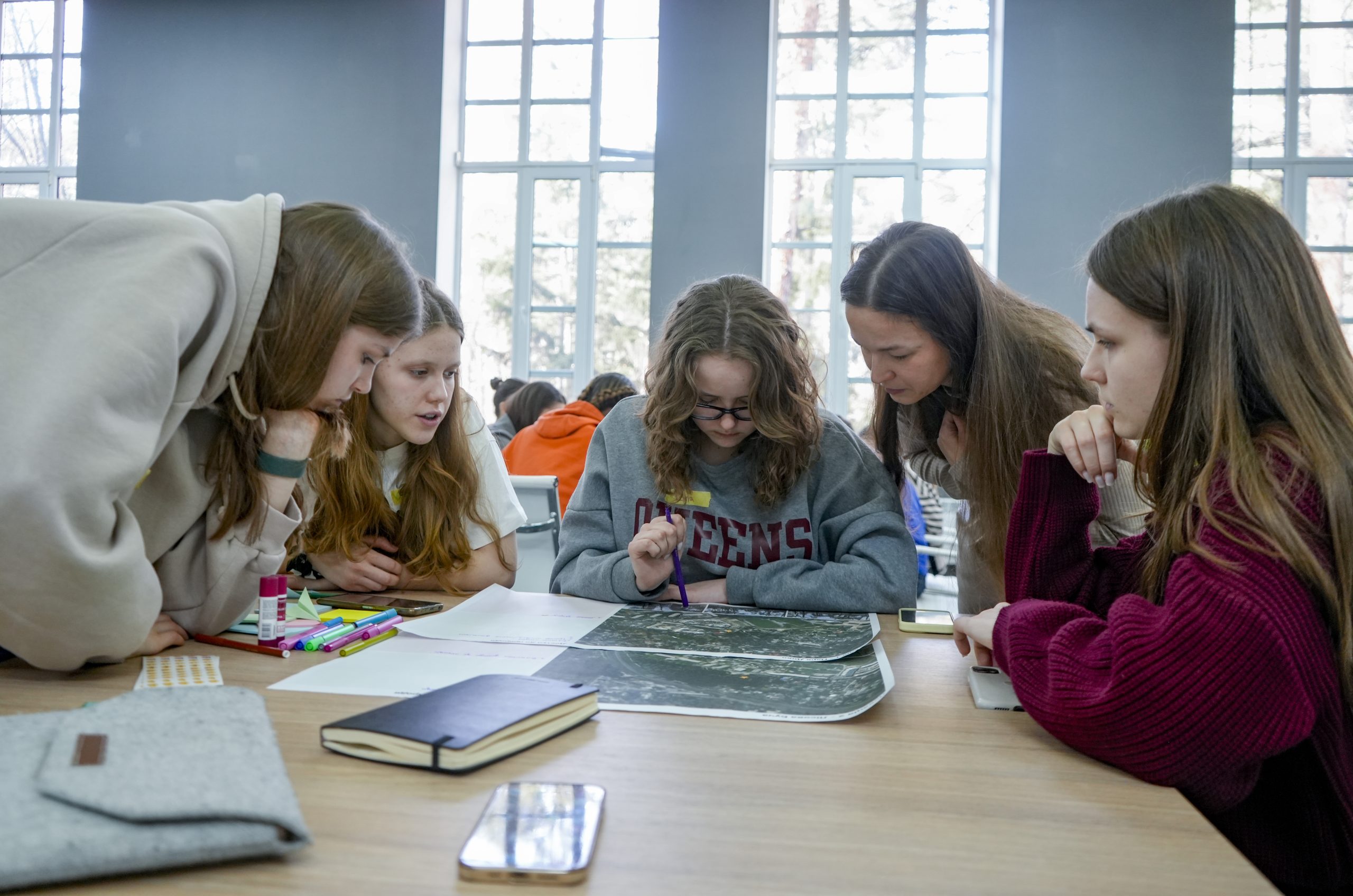
Our sustainability journey reflects continuous progress in striving for a reduced environmental footprint, enhanced efficiency of resources, and the creation of longterm value for communities and clients.
- Community engagement
- CO2 emissions
- Support and care througouth the whole process
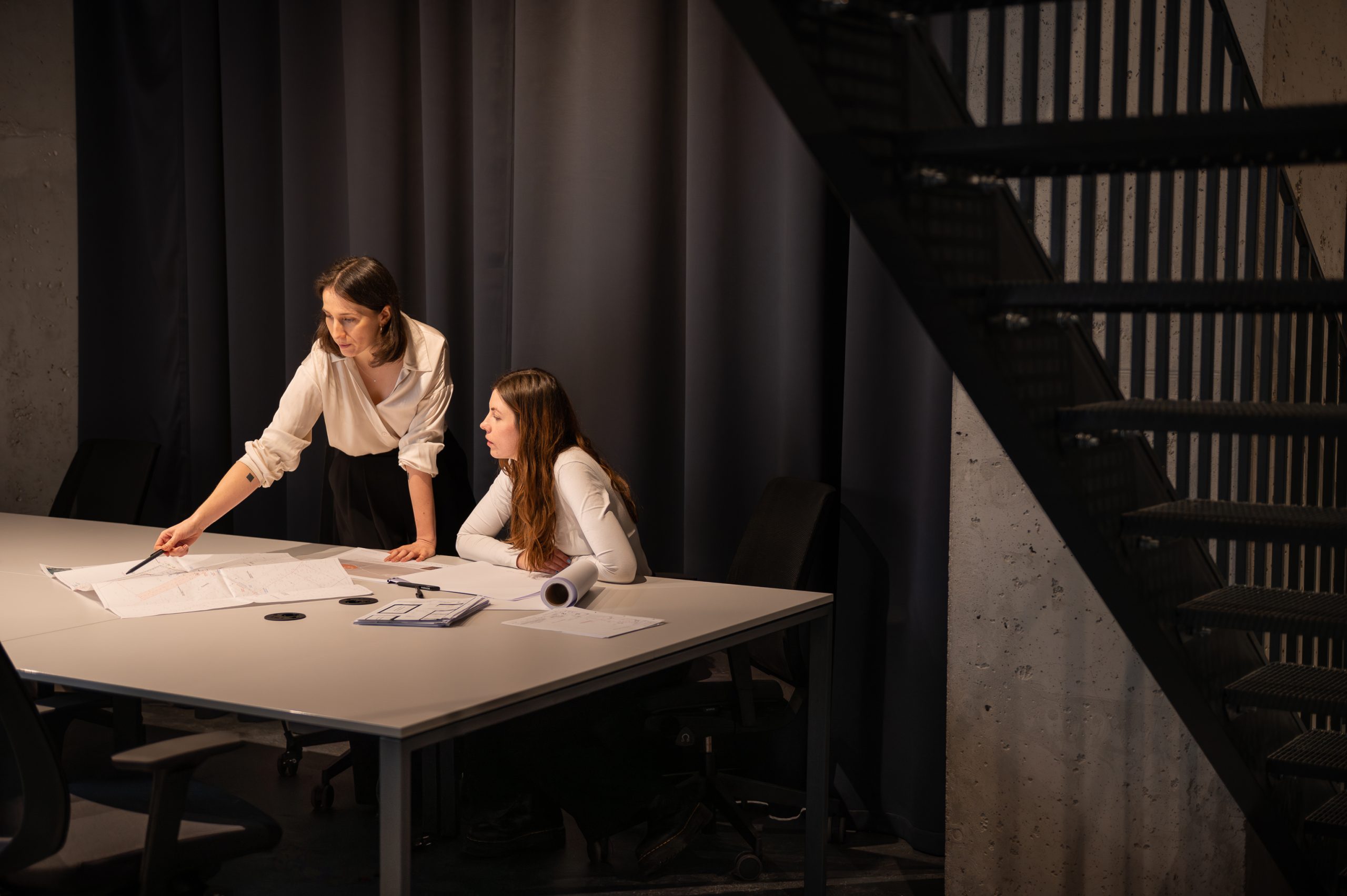
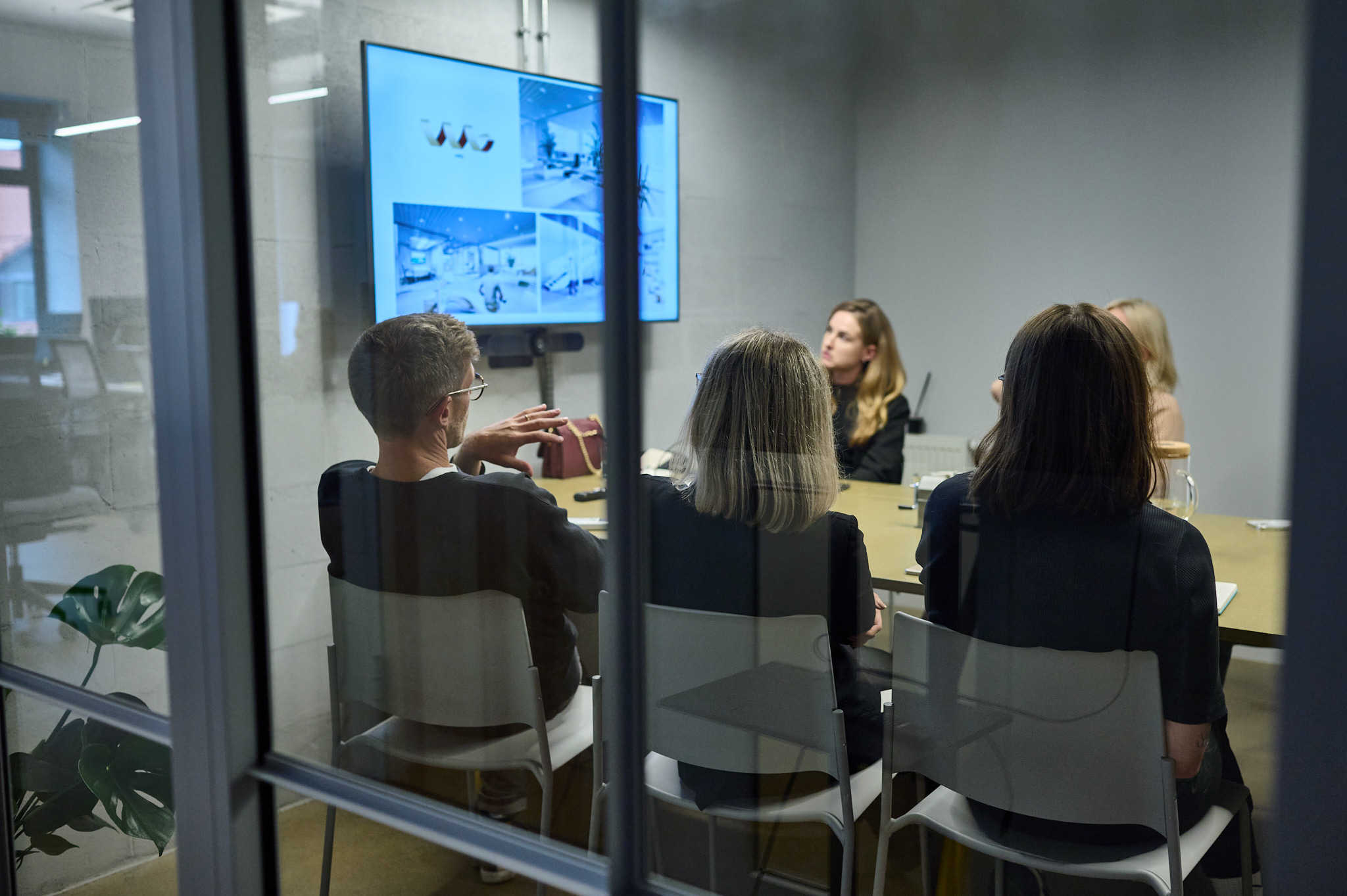
By making sustainability an integral part of every decision, we ensure it drives our process management forward while securing a tangible impact on future generations.
- Company strategy
- Sustainability policy
- Code of ethics
- Certificates
Select Projects
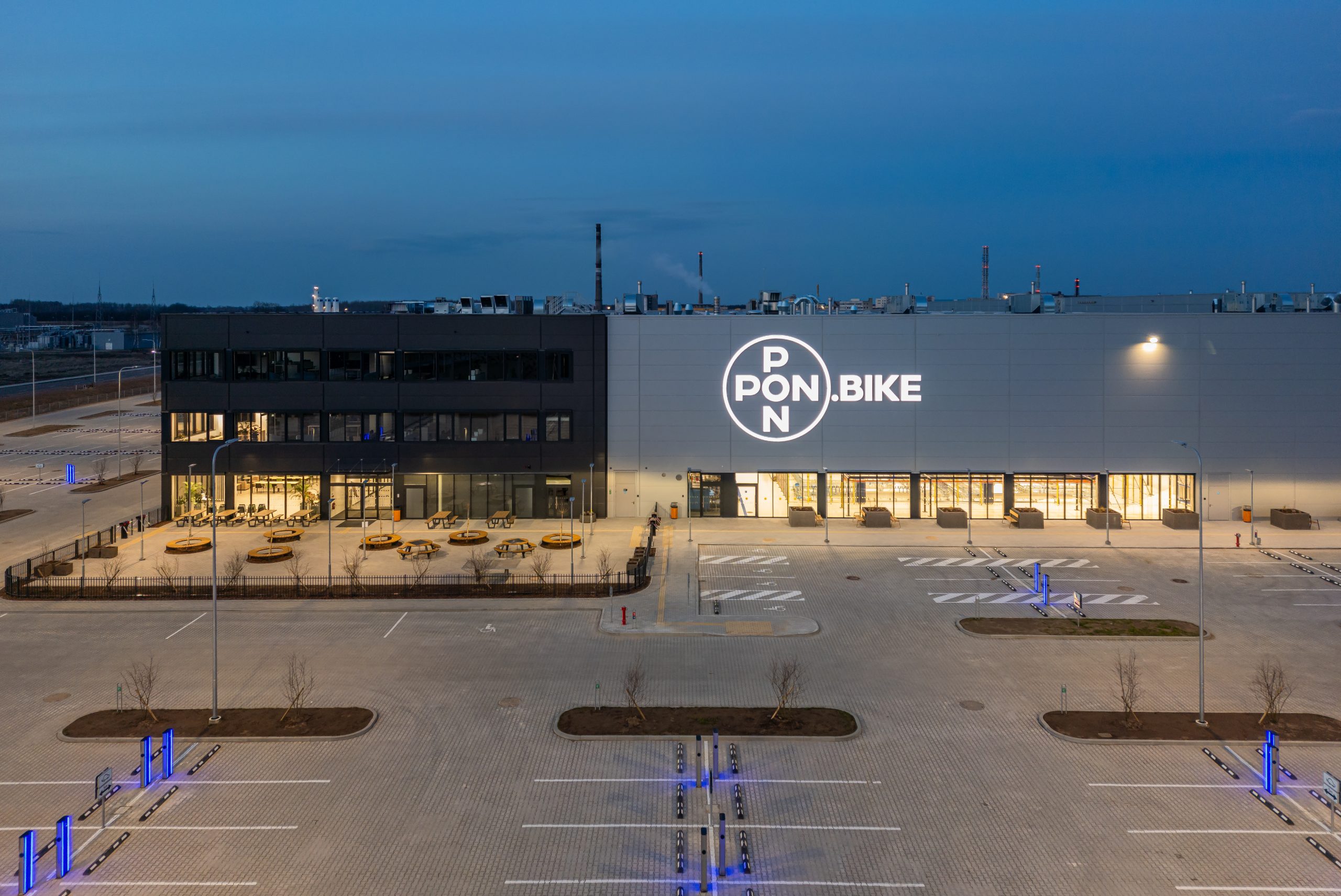

We are proud to have designed the Pon.Bike Lithuania facility, which has been awarded the BREEAM International New Construction certificate with an Excellent rating. This recognition marks a significant milestone, as it is the first industrial building in the Baltic States to receive this prestigious certification. Achieving this standard reflects our commitment to sustainable and innovative design, made possible by the expertise and dedication of our entire team at 2L Architects & Engineers, led by 2L Founding Partner Julius Lapinskas.
-
Responsible selection of materials
-
Future adaptability
-
Human-centric decision making
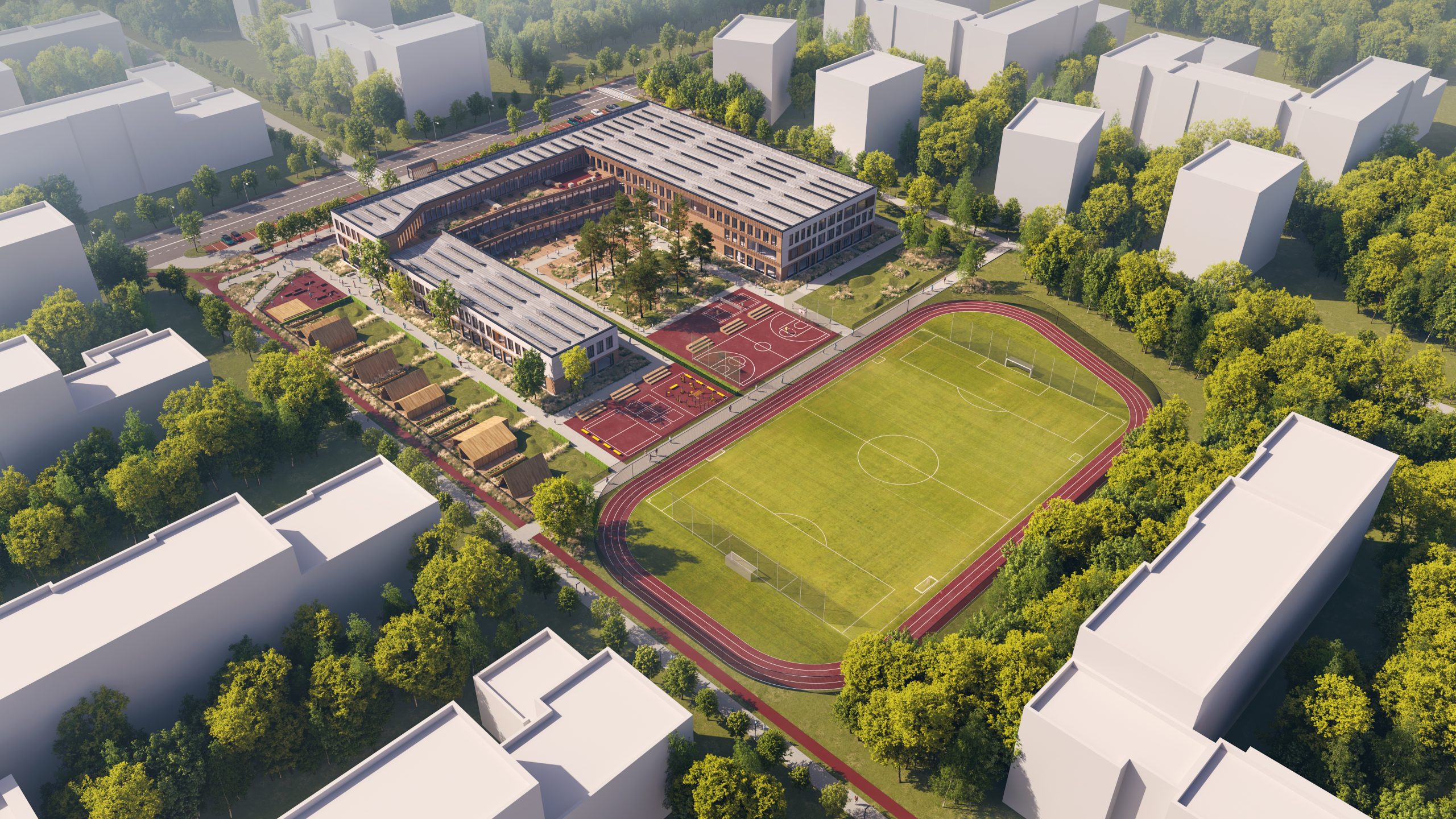
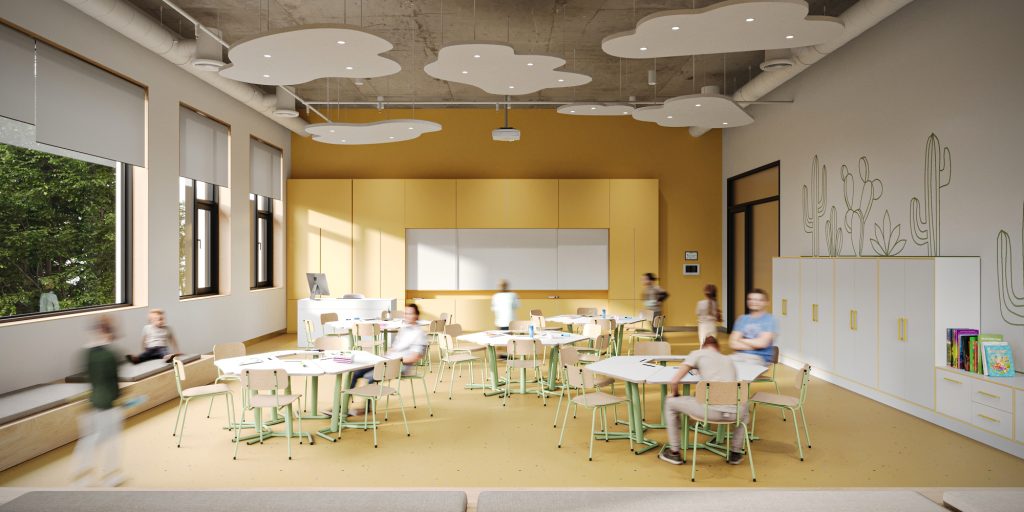
A modern school will address the damaged education infrastructure and accommodate 720 pupils and 180 kindergarteners. It will include a dual-use shelter and innovative education spaces, creating a second home for children. The school will be the first A energy class school in Ukraine, meeting zero emission standards and ensuring sustainability and biodiversity protection. All necessary energy is gained from renewable energy sources, including 100 kW geothermal power for heating and cooling, 0.5MW solar panels for electricity. During tree years, parallely with our pro-bono the design process, variouse workshops, initiatives and presentations for the stakeholders were implemented.
- Setting a precedent for sustainable practices
- Long term community involvement
- Responsibility for the future

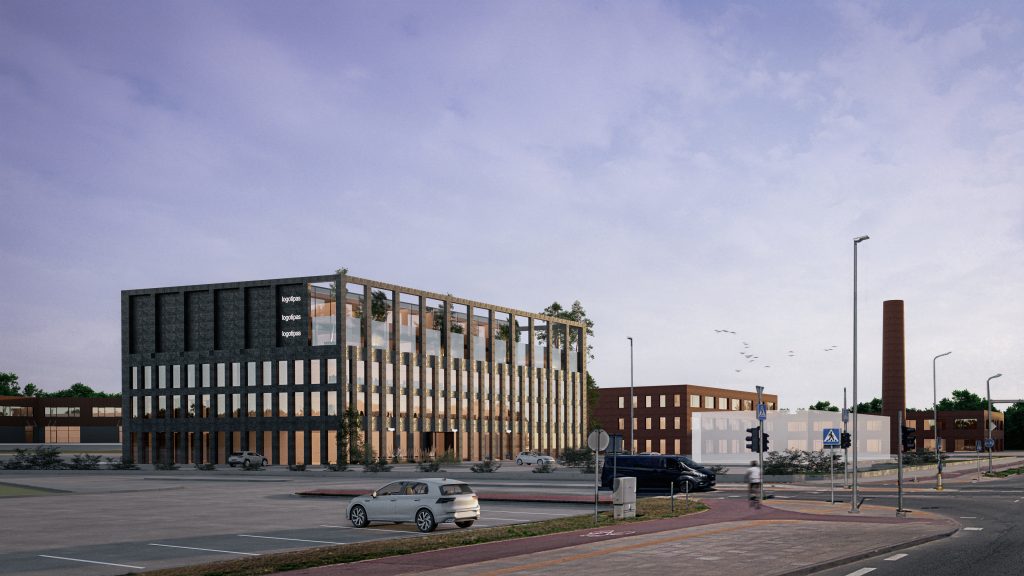
The upcoming Longevity Center in Klaipėda, set to begin construction in 2025, is designed as an urban oasis that harmonizes architecture with human well-being. Encompassing 5,000 m², the center aims to redefine the relationship between built environments and longevity-focused healthcare by integrating nature, light, and materials that enhance physical and mental health. The architectural approach prioritizes sensitive design solutions that respect human perception, fostering tranquility, balance, and functionality. Thoughtful spatial planning ensures seamless transitions between indoor and outdoor areas, encouraging movement, relaxation, and social interaction. With sustainability at its core, the project incorporates energy-efficient systems, biophilic elements, and carefully selected materials to create a holistic space that nurtures both the body and mind.
- Energy-efficient and passive design
- Biophilic integration for well-being
- Sustainable, non-toxic materials




